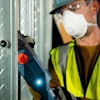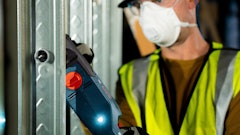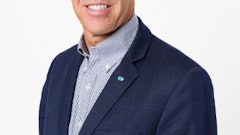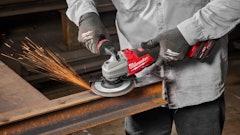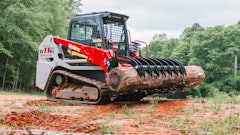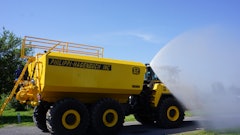
New innovations in green building are slowly but steadily changing the construction industry. There are some innovators, however, who are not waiting for the industry to catch up with their big ideas.
Visions of a holistic, transformational building system have earned Jim Crowell, the founder of Wilsonville startup e-TECH, a spot in the semifinals of the Cleantech Open business competition.
Crowell, a native Portlander, likens the potential of his method for residential construction to Henry Ford's impact on automobile manufacturing.
"Why don't we build homes the same way we build cars, computers or airplanes?" Crowell asked. He envisions a time when home buyers will design a home on the Internet by customizing an arrangement of mass-produced parts.
"It would be like an IKEA home, but you could make it look like any home today that you want. The technology exists to build an entire structure by snapping it together with no nails and no screws, all in just a few days."
The technique may be akin to IKEA furniture, but the other sustainability features that Crowell hopes to bring to residential building are not as mainstream.
"We want to change the way we build 100 percent," Crowell said. "We aren't using anything that's used in conventional construction because it still relies on technology from the 18th century; we are bringing a whole new method to mass-produce a better product at a much, much lower cost."
An "e-home" reinvents the family house as a cradle-to-cradle, energy-producing habitat. Most of the building materials could be made out of agricultural and paper waste, coal ash and storm debris, according to Crowell. The roof would be built out of interlocking solar extraction panels. The septic system would be able to convert methane into electricity.
With 14 patents either published or pending, Crowell said he has found solutions for construction problems faster than he can sometimes handle. Most of his patents are based on performance specifications, which allow for continued adjustments to the technology.
"Almost all of my innovations came out of something a client or the government has said there's a problem with," Crowell said. "It keeps on growing."
E-TECH's website is full of "what if" questions, reimagining the state of construction. Also riddled with "what ifs" is e-TECH's business plan.
"Do we bring out one product and concentrate on getting it in the marketplace (and) then bring out the whole system over a decade?" Crowell said. "Or do we try to get a major combined package out, like the whole solar package, and then introduce the whole house system? What order should we do it in?"
Now, the biggest step for e-TECH is moving Crowell's ideas out of research and development phases. That's where the Cleantech Open comes in, according to Crowell, who is excited about opportunities to meet California utility officials, solar industry consultants and investors.
"I've got the pioneer spirit in my blood," Crowell said. "This has been a fantastic way to figure out the best way to bring these ideas to market."


